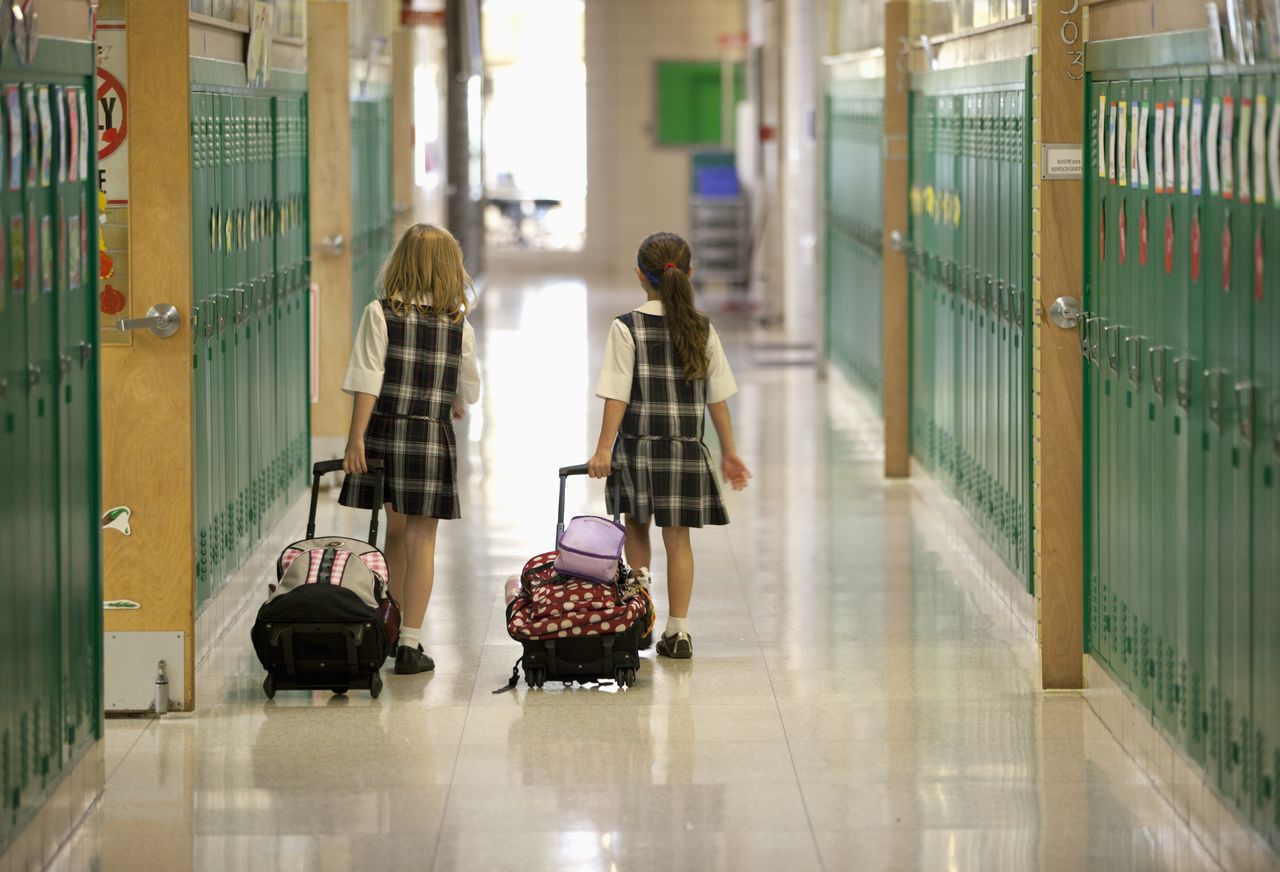Guest opinion: The positive impact of school choice programs on students
This is a guest opinion column
The fourth GOP Presidential primary debate took place in Tuscaloosa last week and many Alabamians tuned in to hear about key issues. For parents, a key swing vote segment in the 2024 election, school choice was top of mind as they watched which candidates committed to empower American parents through educational freedom.
The fact is, school choice is one of the few non-partisan issues that is popular throughout the country. It’s not just popular with Republican primary voters, but also among 71 percent of all voters, across almost all demographics. Unlike many of the other issues debated, it’s a winner among the general electorate too.
Here in Alabama, almost 4 out of 5 voters support school choice legislation, as more and more parents want a say in setting their child up for future success with an education that best meets their needs.
Just this year, we have seen great steps in the right direction made by lawmakers in the Heart of the South, who redefined eligibility requirements for schools, designating schools that earn a ‘D’ or below on the state’s report card as priority schools that are eligible for scholarships. Previously, students were only eligible for scholarships if they were zoned for failing schools in the bottom 6% of state standardized test results. This change will open the doors of school choice to more than 100,000 students in 200 schools, in addition to 100,000 students with unique learning needs who are now eligible.
That momentum continues with Governor Ivey’s announcement that she will put forth an education savings account (ESA) bill for review in the 2024 legislative session. If passed, Alabama would join 19 other states who have expanded school choice policies in recent years.
Opponents have long argued that school choice programs will destroy public education, but Florida offers us a nearly 30-year case study that proves that is not true. Since the inception of limited school choice offerings in 1990, Florida has expanded school choice so that now over 400,000 students are enrolled and have a choice between their zoned public school, a private school paid for by a state-funded scholarship, or one of more than 650 charter schools in the state. Students may have the option to transfer to a public school outside of their district or enroll in the Florida Virtual School. The public education system has actually improved dramatically alongside the growth of school choice. When the government provides parents more alternatives, it breaks the stranglehold of special interest unions and puts pressure on public schools to do better.
Not to mention, it has also been shown to improve test scores. In 1999, Florida’s students were testing well below average on the NAEP, a national standardized test for public schools in the U.S. However, since the inception of school choice in Florida many years ago, Florida ranks in the top ten on the four core tests of the NAEP.
Alabama could stand to benefit from the policies that have proven successful in Florida as National Assessment of Educational Progress (NAEP) scores in Alabama continue to show that very little improvement over the last couple decades. NAEP eighth-grade math scores are the exact same as they were in 2000, and eighth-grade reading NAEP scores are four points lower than they were in 1998; and proficiency scores for the 2022-2023 school year show 49.4 percent proficiency in English, 29.9 percent in math, and 38.5 percent in science.
Candidates in future debates should commit to prioritizing school choice via the Educational Choice for Children Act (ECCA), a federal tax credit scholarship bill that would help up to two million students access a school or education service of their parents’ choice.
The ECCA would fund scholarships with private donations, and donors would receive a federal tax credit. Students could use scholarships for tuition, tutoring to address learning loss, special needs services, education technology, and more. The bill would triple the number of students benefitting from private school choice programs, and it would complement the programs already in effect in 31 states, while creating new opportunities in states without school choice. The legislation has more than 100 House co-sponsors and more than two dozen Senate co-sponsors.
School choice gives parents the power to choose a learning environment best suited for their child’s needs. Children here in Alabama and across the country should not have their potential limited by zip code or income. Candidates must continue to step up and commit to empowering America’s parents so that every child has the opportunity to be seen, heard and succeed in the classroom.
Andy Ryan is the Executive Director at the Alabama Opportunity Scholarship Fund. Before joining the AOSF team, he taught and administrated at a K-8 school in Mobile, where he witnessed firsthand the lives that were being transformed by the scholarship program. Andy earned his BA in English Writing and Rhetoric from St. Edward’s University in Austin, Texas and his Master of Education from the University of Notre Dame.
